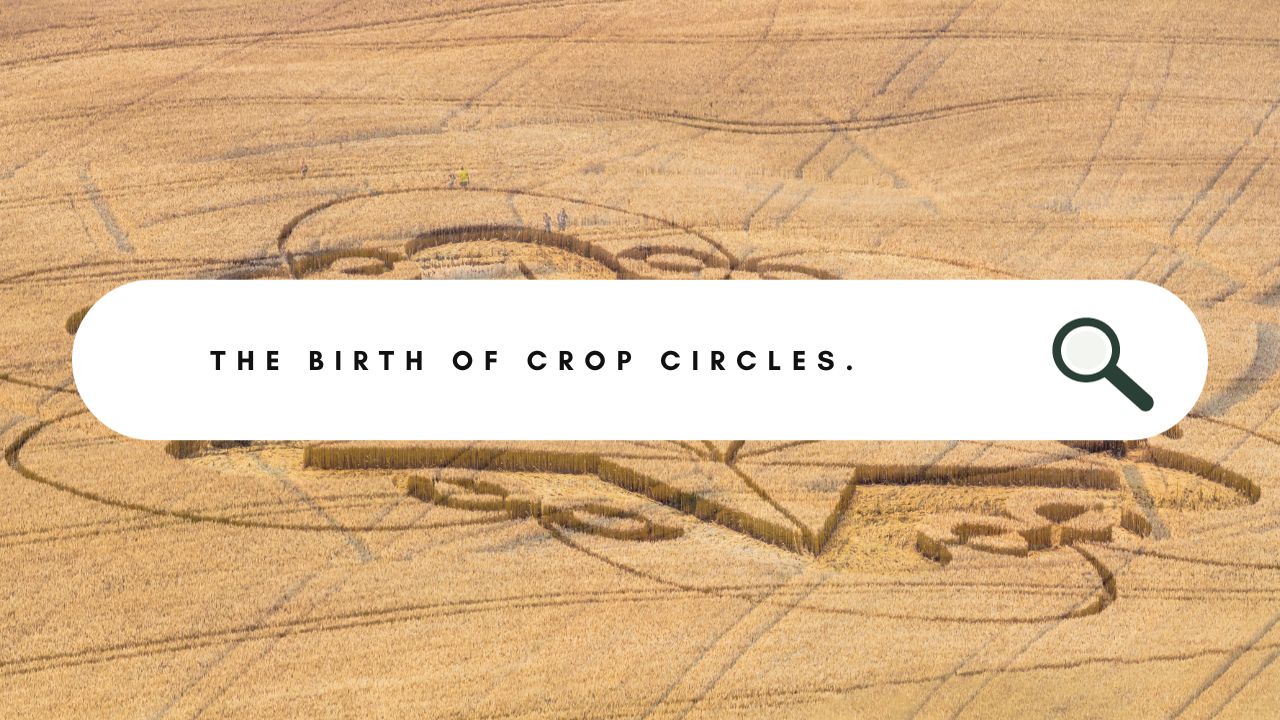The Birth of Crop Circles
Crop circles have captivated the imagination of people around the world for decades. These intricate, often mesmerizing designs etched into fields of crops have been the subject of countless debates, mysteries, and even inspired awe. But when and where did this fascinating phenomenon first appear? In this article, we will delve into the origins of crop circles, tracing their beginnings to a humble start in southern England.

Table of Contents
The Birth of Crop Circles
The first documented crop circles began to appear in the late 1970s. While there are reports of similar phenomena prior to this period, it was the late ’70s that saw a distinct shift towards more complex and recognizable formations. These early formations were characterized by their geometric precision and the unexplained nature of their appearance.
Southern England Emerges as the Epicenter
The epicenter of the crop circle phenomenon was undeniably southern England, particularly the counties of Wiltshire and Hampshire. These rural landscapes, with their vast fields of wheat and barley, provided the perfect canvas for these mysterious creations. The proximity of these regions to Stonehenge and other ancient landmarks added an air of mysticism to the phenomenon, fueling speculation about supernatural or extraterrestrial involvement.
The Origins of Speculation
One of the earliest and most famous crop circle reports comes from Tully, Queensland, Australia, in 1966. The “Tully Saucer Nest,” as it was called, was an elliptical formation found in a swamp, and it was associated with an alleged UFO sighting. However, this formation was not truly a crop circle as we commonly understand them today.
The late 1970s marked a turning point when circular patterns began appearing in crops in southern England. While there were some reports of these formations earlier, they did not gain widespread attention until this time. The first widely publicized instance in this period was the appearance of a circular formation in a field of wheat near Stonehenge in 1978. This event marked the beginning of a new era for crop circles, one defined by their intricate and often mesmerizing designs.
Human-Made or Supernatural?
The origins of these early crop circles were a subject of intense speculation. Some believed they were the result of natural phenomena, while others attributed them to the work of hoaxers or even extraterrestrial beings. As more and more formations appeared in the following years, the human-made explanation gained prominence.
Hoaxers and Artists
In the 1980s and 1990s, as crop circles continued to proliferate, it became increasingly clear that many of these intricate formations were indeed the work of human artists and pranksters. These individuals used simple tools, such as planks and ropes, to flatten crops in elaborate patterns. Their motivations varied, from creating works of art to perpetuating the mystery and intrigue surrounding crop circles.
Conclusion
The first crop circles spotted and widely documented emerged in the late 1970s, primarily in southern England. While there were earlier reports of circular or elliptical patterns in crops, it was during this period that the phenomenon evolved into the intricate and geometric designs we associate with crop circles today. The mystery and debate surrounding their origins have only added to their allure, making crop circles an enduring enigma that continues to fascinate and intrigue people around the world.





